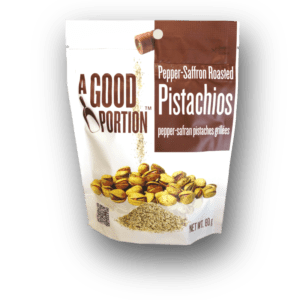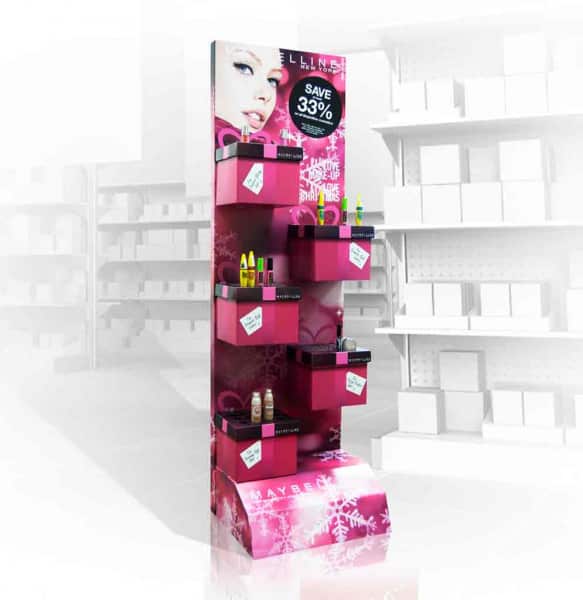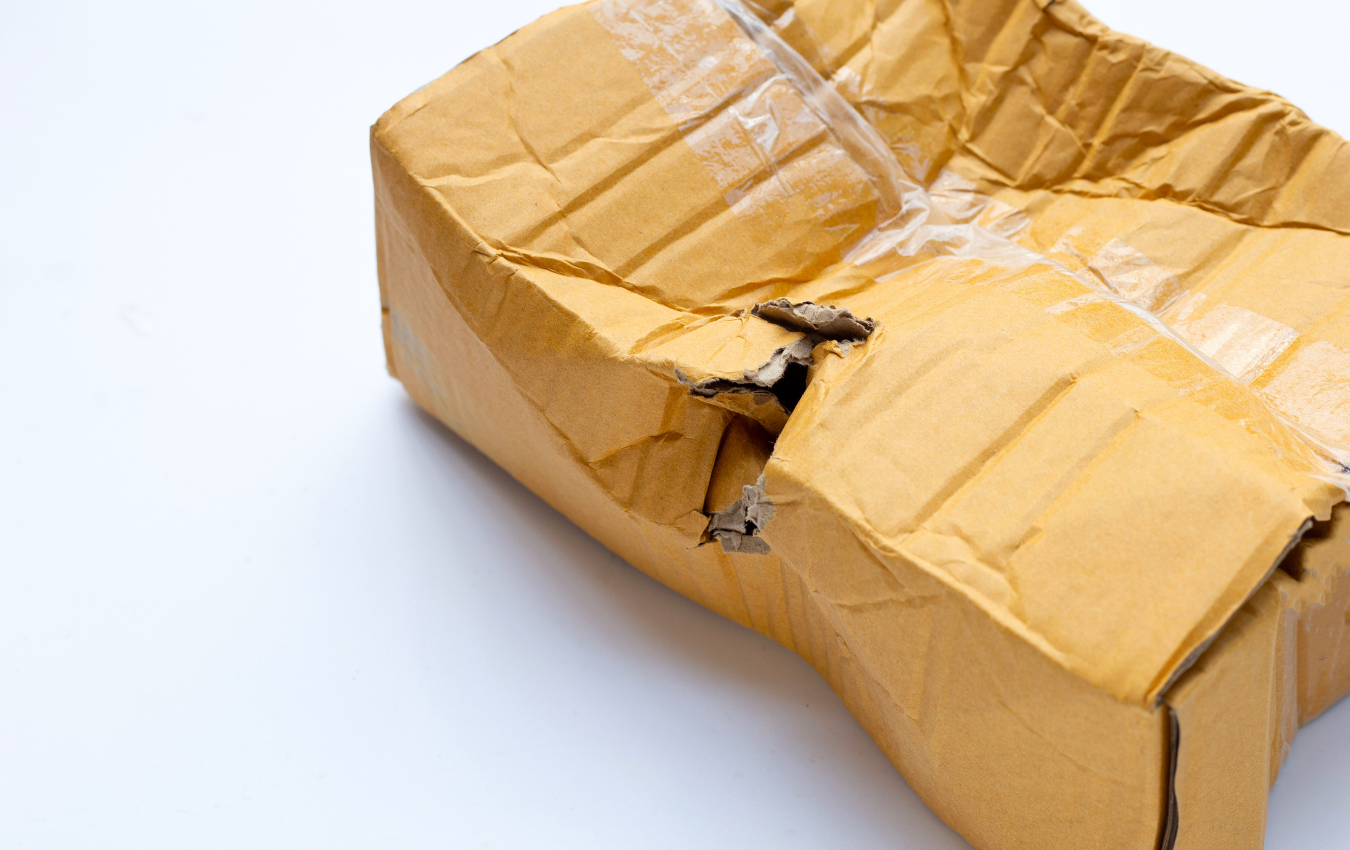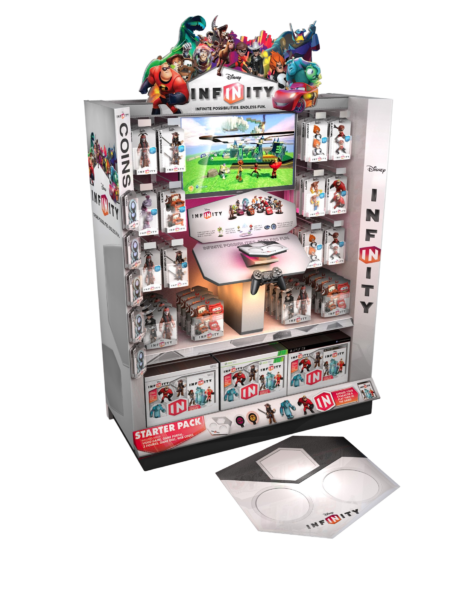Home » U.S. vs. China: Where to Source Packaging in 2025
U.S. vs. China: Where to Source Packaging in 2025
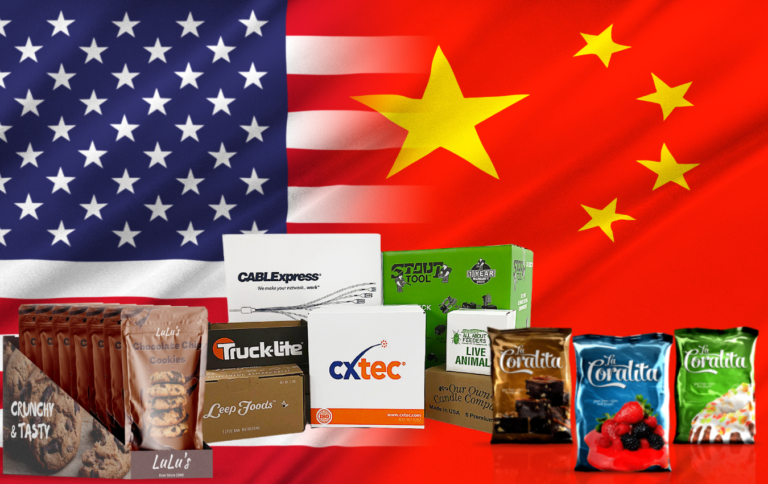
As companies assess their packaging supply chain strategies, many are debating between U.S. and Chinese packaging suppliers in 2025. While China has long been known for lower production costs, recent trends such as rising tariffs, increased shipping costs, and supply chain risks have made domestic U.S. manufacturing a more attractive and stable option. Understanding the key differences between these two sourcing locations can help businesses make informed decisions.
Comparing U.S. and China Packaging Suppliers
Key Factors Driving Packaging Sourcing Decisions
Tariffs and Trade Policies
Tariffs have significantly impacted packaging imports from China, with high duties on corrugated boxes, paperboard, and other packaging materials making U.S.-based manufacturing more competitive. The ongoing trade tensions between the U.S. and China create uncertainty, while domestic suppliers avoid these risks, offering a more stable pricing model without import duties.
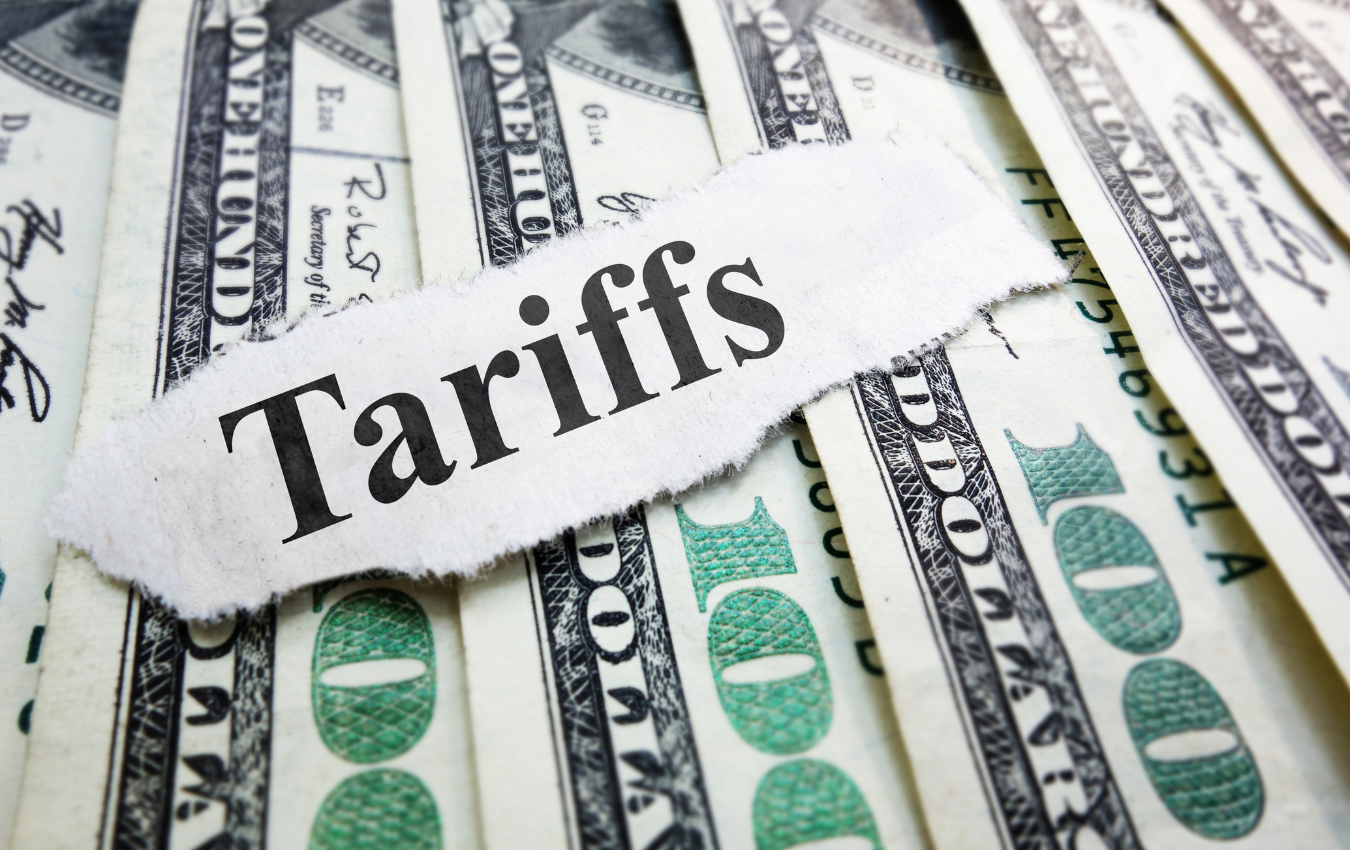
Cost Considerations
China’s packaging production costs are still generally lower due to cheaper labor and large-scale manufacturing capabilities. However, added expenses such as tariffs, international shipping fees, freight surcharges, and customs duties have narrowed the price gap between Chinese and U.S. suppliers. Many businesses now find that domestic production provides a more predictable and cost-effective long-term solution.

Supply Chain Reliability and Lead Times
- U.S. Suppliers: Shorter lead times, faster domestic shipping, and reduced risk of international disruptions.
- China Suppliers: Long-distance shipping introduces delays, port congestion, and higher freight costs, making inventory planning more challenging.
- Winner? U.S. suppliers offer better supply chain stability, reducing the risks of global disruptions that have plagued businesses in recent years.
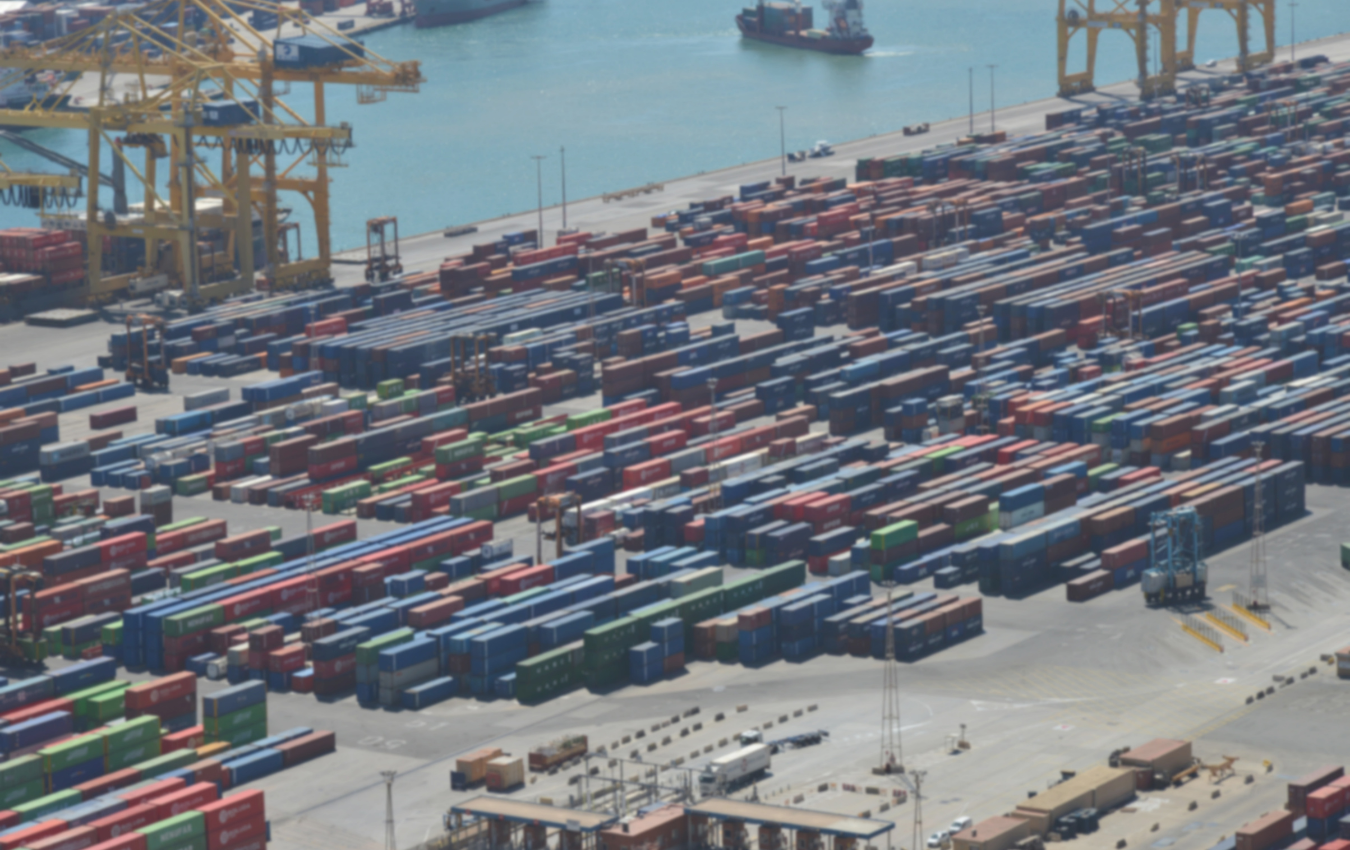
Quality Control and Compliance
The U.S. enforces strict quality standards and regulatory compliance for packaging, ensuring higher material consistency and safety requirements. While China offers high-volume production, quality control can vary, and businesses must factor in oversight costs, third-party inspections, and the risk of substandard materials.

Intellectual Property Protection
One of the growing concerns with sourcing packaging from China is the risk of intellectual property (IP) infringement. U.S.-based suppliers offer stronger protections for proprietary designs, branding elements, and custom packaging innovations, reducing the risk of unauthorized reproductions.
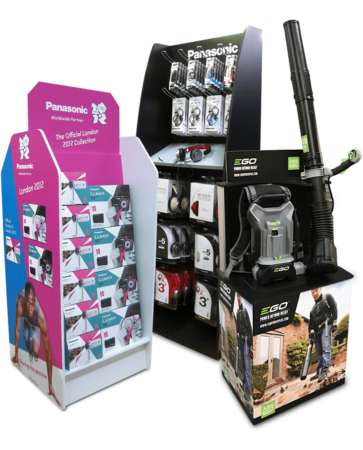
Customization and Branding
Companies requiring custom-sized boxes, high-end printing, or specialty coatings often find U.S. suppliers more flexible and responsive. China’s packaging manufacturers can handle large-scale production but may lack the ability to quickly adjust custom orders or meet fast-changing branding demands.
Final Thoughts: Which Option is Best for Your Business?
- Choose U.S. Packaging Suppliers if you prioritize supply chain reliability, faster lead times, tariff-free sourcing, and stronger quality control.
- Choose China Packaging Suppliers if your focus is lower upfront costs and large-scale production, and you’re prepared to manage longer lead times, tariffs, and quality control challenges.
As packaging sourcing strategies evolve in 2025, businesses must weigh costs, supply chain risks, and quality considerations carefully. Looking for a reliable U.S. packaging supplier? Contact Brown Packaging today to discuss custom solutions tailored to your business needs!
RSC boxes are known for their efficiency and versatility, but their performance ultimately comes down to strength. Buyers often see numbers like ECT, BCT, and burst strength on specifications —
In packaging, foam isn’t just about initial protection — it’s about maintaining performance over the entire shipping or storage cycle. Compression set and recovery characteristics determine whether foam continues to
Pouches are a go-to for flexibility and convenience, but they can fail in critical ways—from poor seals to punctures and delamination—that hurt performance and brand reputation. Understanding these failure points
In the retail environment, the placement of Point of Purchase (POP) displays is just as critical as their design and content. Strategic positioning can significantly influence consumer behavior, increase product
Home » U.S. vs. China: Where to Source Packaging in 2025


